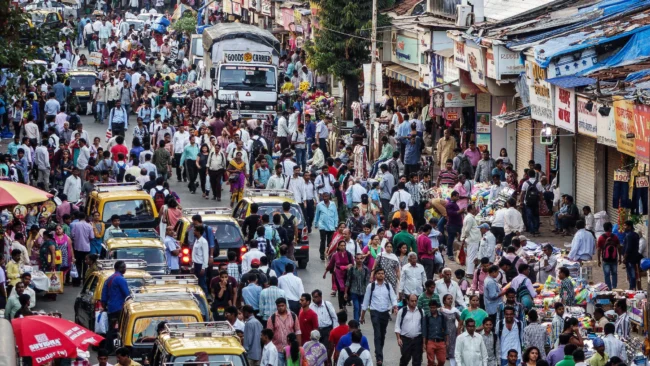India has surpassed China in terms of population, and as a result, a number of demographic concerns, including labour markets and birth rates, are becoming important trends to keep an eye on in these two Asian economic powers.
While China, which is ageing, is anticipated to have slower growth following years of strong expansion. India, with its largely young population, is on track to be the quickest growing major economy with in coming years.
Here are 5 reasons why demographics are significant in this historical shift:
1.China’s population is ageing more quickly than India’s.
China, whose stringent one-child strategy until 2016 kept births at control, will witness a decline in the number of people in working age during the next century as the country’s elderly population rises to more than 40%. In India, those aged 65 and up will account at less about a third of the overall 2.3 billion people expected by 2100.
2.India has the highest rate of youth unemployment among developed countries.
That does not mean that India’s future is entirely bright. A little over 12 million individuals join the labour market each year looking for work. And half of the population is less than the age of 30.
India’s challenge is to maintain this rate of growth in the upcoming decades in order to avoid having even greater unemployment rates. India is predict to expand by 7% in the fiscal year ending in March.
3.India’s female participation in the workforce is unsatisfactory.
While India sees the demographic dividend, a significant figure that is often overlooked is female labor-force participation. Women make up only one-fifth of the labour force, which is only marginally higher than the average in Afghanistan. China, on the contrary side, has a workforce that is 44.8% female.
4.Most people in India are classified as low-income.
Although India’s middle-class demographic pales in contrast to China, the nation’s relatively low labour costs make it an appealing location for companies looking to relocate from China.
In a victory for Prime Minister Narendra Modi’s “Make in India” drive, Apple Inc. started producing its most recent iPhone models there in South Asian country. However, a few others that left, including General Motors Co. & Harley Davidson Inc., undermining Modi’s ambition to increase manufacturing’s contribution to the GDP from its current 14% to 25%.
5.India, unlike China, will continue to have a large rural population.
India’s population is still primarily rural, in contrast to China. According to projections from UN-Habitat, the majority of Indians will continue to live in the countryside by 2035, while the majority of Chinese people will become more urbanised.
This is despite the fact that workers from both countries are moving to megacities in search of better opportunities.
That serves as an example of the difficulties the country of South Asia faces in eradicating poverty and lowering inequality.
